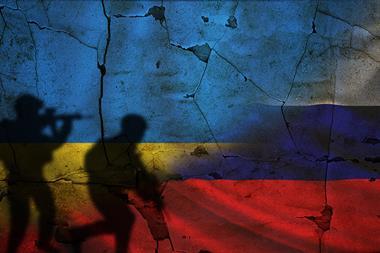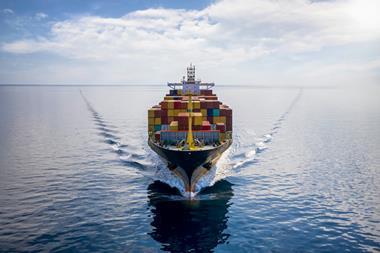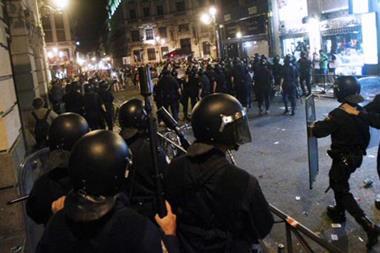Both sides appear to be gearing up for a long, attritional war, with consequences on both sides
Friday February 24 2023 will mark one year since Russia’s invasion of Ukraine. From the conflict itself, to the knock-on effect throughout the rest of the world, the invasion signified a change in the global world order.
It was another major shock for a world that was only just emerging from the lockdowns, and stresses and strains of the global pandemic.
One year on, with mounting inflation, an ongoing energy crisis and a less politically stable world in general, what can we expect from this ongoing, now protracted conflict? And what does it mean from a risk management perspective?
The conflict is at a crossroads, according to intelligence analysts from Dragonfly.
Long, attritional war most likely scenario
Speaking during a briefing, Dragonfly analysts explained that neither Russia nor Ukraine appear capable of achieving a decisive military breakthrough and yet a peace deal remains as unlikely as ever.
Instead, both sides appear to be gearing up for a long, attritional war, with fallout which will shape the wider European continent. This is the both the highest likelihood and the scenario with the greatest consequences for both sides.
Ukraine currently has the upper hand, but it is a fragile one, according to an intelligence analyst for Eurasia at Dragonfly. “Russia is still a formidable opponent, which has shown signs it is adapting,” he cautioned.
He thinks Russia is unlikely to scale down its invasion goals as “Putin has bet the house on this” adding that the Russian dictator “wants success and needs success”. However, the country has lost many of its well-trained troops in battle over the last 12 months and Kyiv remains heavily defended.
Europe remains unifed
The resolve of the EU and G7 also remains strong, according to European intelligence analyst.
This is in spite of Germany’s recent indecision over whether to provide Ukraine with tanks, and Russia’s ongoing aims to destabilise the Union (by cutting off gas supplies). There are expectations that next Winter will see even more strain where European energy capacity is concerned.
“Allowing Russia to take the entirety of Ukraine is not an option as far as the West is concerned,” she said. “[Backing Ukraine] is effectively something they have to commit to in a united way. The unity of the EU will be put to the test this year.”
“There is pressure at every level of European countries but even that hasn’t been enough to achieve what Russia wanted in the region. Europe did what it had to do.”
The analysts anticipate that some of the most intense and pivotal fights of the war is set to take place over the next six months, but thinks another assault on the scale of 24 February 2022 is unlikely at this stage.
But should Russia start to concentrate its troops at the border again, it would be cause for concern.
Waiting for Western tanks
Ukraine, meanwhile, is in the difficult position of having to wait for the arrival of Western arms. Does it focus on holding its current positions or continue to mount counteroffensives?
As for when the tanks and other weaponry arrive, how Russia is able to counter those capabilities remains to be seen. Nuclear escalation is “highly unlikely” said one analyst, adding that “nuclear signalling was not the same as Russia passing the threshold for using those weapons”.
“We’ll only be able to see once they’re in the battlefields and that’s several months away,” he said. “Much of it depends on how deep Russia’s stocks are.”
Russia is now the most sanctioned country in the world, and this is not a short term rupture but a much wider “divorce and severance of relations” with the West. But with some trade still ongoing - with the EU continuing to important 20% of its uranium from Russia - there is call for even tighter sanctions moving forward.
Businesses that continue to operate in the country are therefore walking a ‘tightrope’ and running the risk of significant reputational damage, thought the analysts.
As Russia’s losses mount, there is a growing expropriation risk of key assets by the government to put towards the war effort, in addition to the risk that members of staff could be conscripted.




















No comments yet